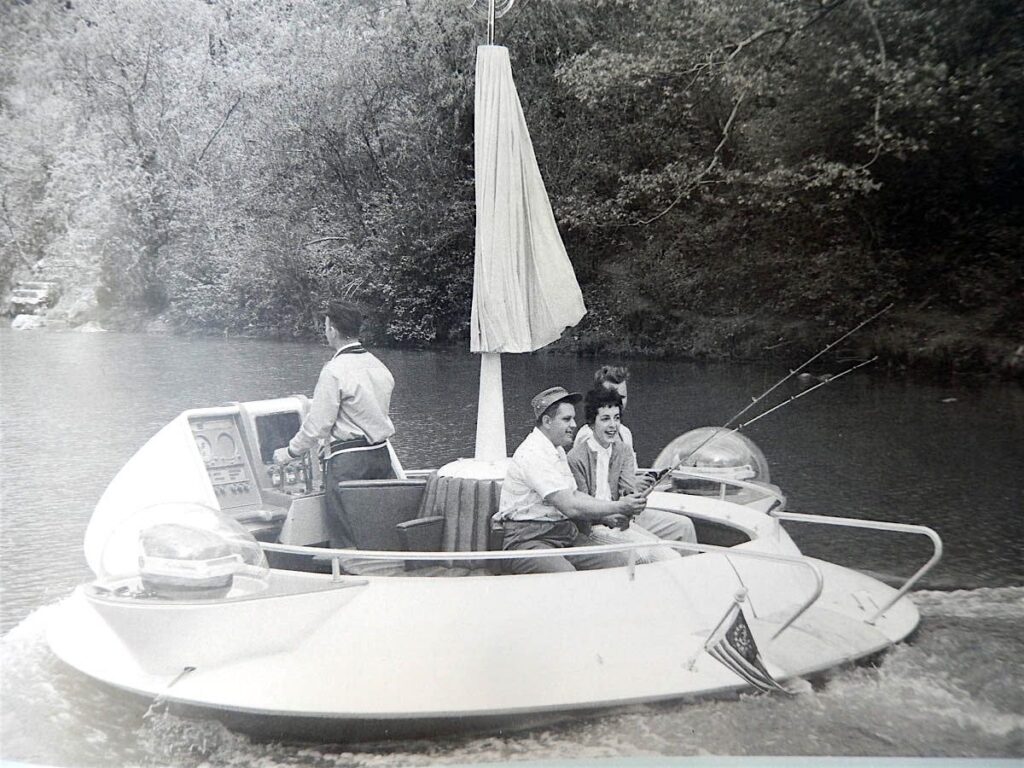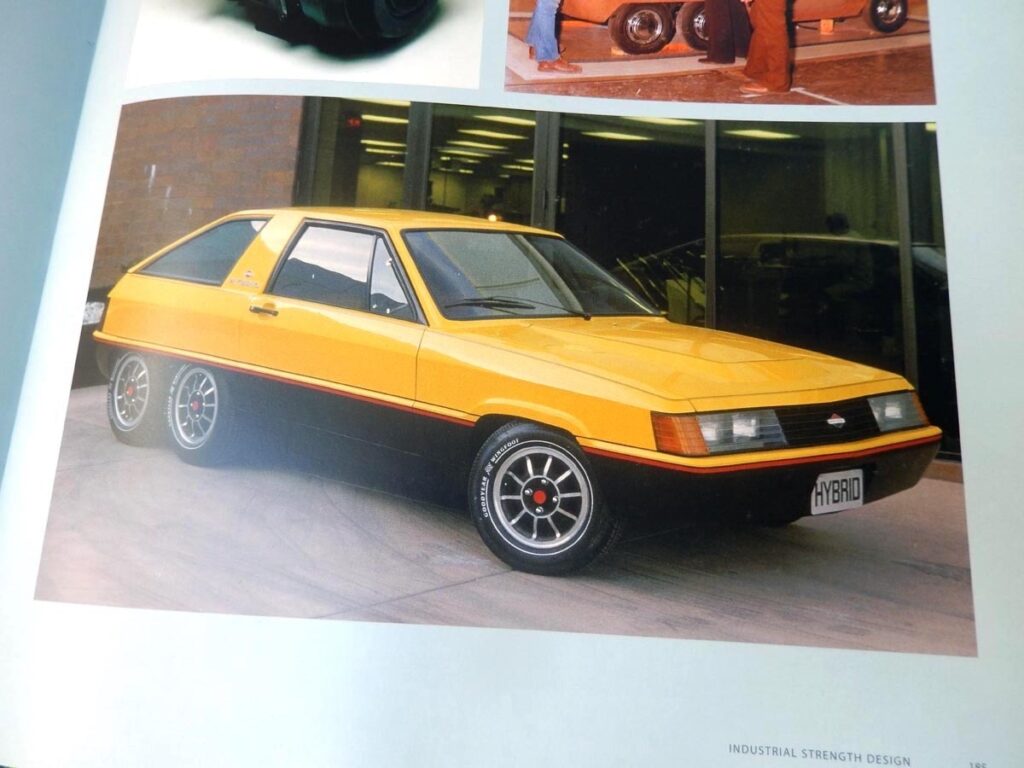SkyScout Personal Planetarium
GPS-powered astronomy guide
The SkySout is an interactive guide for exploring the heavens with or without a telescope. When you point it towards a certain spot in the sky, the built-in GPS receiver identifies a particular constellation and stars — and you can then opt to hear an audio tour about the celestial items that have been identified. The SkyScout employs a database purported to hold 6,000 stars, 1,500 double & variable stars, all 88 constellations, and 100 deep space objects (galaxies, nebulae, clusters, et. al.), which will be more than enough targets to keep me and my family engaged for quite sometime. If the millions upon millions of light years involved with observable objects in space were analogous to a city map, the SkyScout can get you within a couple of blocks of your exact destination (which is pretty darn good!). Though the unit can be used as a spotter for those wishing to leverage a telescope, thus far, we enjoy exploring the night sky sans scope so the whole family can participate and listen to the audio lessons without having to wrestle for viewing time. It’s proven very wonderful for engaging my young children in something they’ve grown to enjoy and I hope they carry forward in their lives.
We’ve now had ours for a few months and use it a minimum of once a week (mostly weekends, weather permitting). Mostly, we star gaze from our backyard in the ‘burbs — not a “dark-sky certified” area with a dramatic showing of stars hidden by the pollution of city lights. But that’s the point: there’s so much to see, even in our own backyard! Our favorite function is the “tour” which lets us sit back and look upward while listening to a Top 20 list of objects identified as optimal for viewing based on the date, time, and location of our session. The audible lessons are really interesting and fun — usually consisting of highlights and some esoterica of the object under observation. The kids really enjoyed the Summer Triangle stars and their corresponding Constellations. The SkyScout lesson for Vega (one of the points on the “triangle”) touched on the 1997 movie Contact, which I was then able to parlay into a deeper spiel about Carl Sagan. Another big hit was the tour of Sirius or the “dog star” in the constellation, Canis Majoris. Outside of their love for dogs, I perceived a “wow moment” when it was defined as a binary star system (and what that meant) instead of what looks like a single star residing up there. Another superlative moment was when I pulled out the SkyScout during the day and began orienteering through the constellations — yep the stars are still “up there” even when the sun is shining!
Another plus, at least for my family, is how the SkyScout does away with the basic math required in manual astronomical observing. In the days prior to GPS-led apparati that were brought to market in the ancient, early ’90s, astro-purists with an interest in locating various objects from within the observable astronomical inventory would have to understand basic algebra as a gateway to leverage a coordinate system (celestrial, equatorial, ecliptical, galactic, etc.). These systems involved somewhat complex equations for mapping the motion of moving objects relative to the observer’s location and time. Of course, for professionals and hobby-astronomers alike, the employed utility of analog star charts, celestrial maps, etc. have historically assisted observers by removing the need for a truly granular comprehension of the underlying coordinate system(s). However, a solid understanding of coordinates (latitude and longitude) remained as a mandate for productive viewing. Of course, this explanation doesn’t touch on the foundational math involved with telescope composition and its impact upon utility — apertures, focal lengths, f-number, etc. — but because the SkyScout is a viewfinder for the naked eye (rather than a scope or complicated tool), my kids can really stay engaged.
Come to think of it, the SkyScout is a little like the radio was at the beginning of the last century. My family can take a seat together (in this case, outside, actually as a reprieve from the TV!) and let the audio lessons on objects in the heavens drive their imaginations. There is something enticingly refreshing about leveraging your mind’s eye while listening to the SkyScout versus always examining (or at least expecting) high-resolution digital images of all astronomical objects. The kids have taken to it naturally. Now, when the sun goes down, my young daughter is guaranteed to make at least one inquiry into whether we’ll be taking out the SkyScout to “find a star.”
Note: the physical manifestation of the product only has an audio port for the enclosed headphones. To get and keep my kids engaged, I use my iPhone accessory speakers so everyone can listen. Also, there are expansion SD cards with more data/info/audio tours. I have not used them, but they do seem like a great add-on for later to spice things up, especially if you’re pairing the SkyScout with a telescope.
— Rich Neal
SkyScout Personal Planetarium
$200
Available from Amazon
Manufactured by Celestron
10/10/08




















